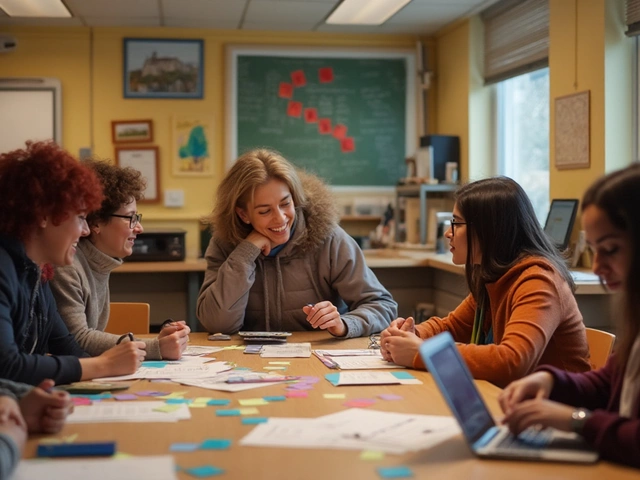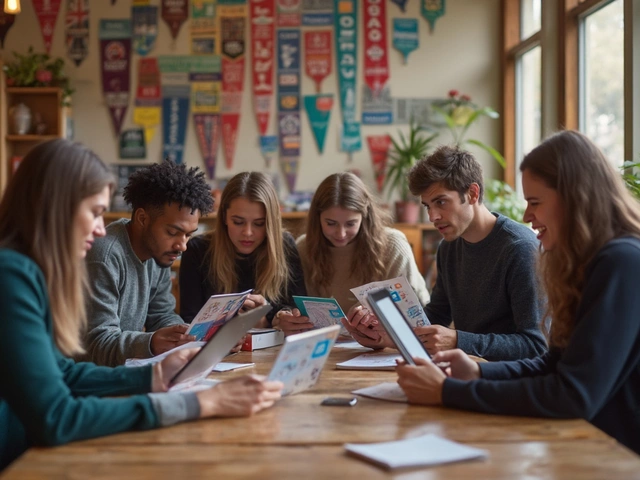Education Technology: Practical Tools and Tips for Teachers & Learners
Ever wondered how a simple app can make a lesson click? You don’t need a fancy lab or a big budget to bring tech into the classroom. All you need is a clear goal, a device that works, and a willingness to try something new. Below you’ll find easy‑to‑use ideas that fit any subject, age group, or budget.
Why Tech Matters in the Classroom
First off, technology keeps students engaged. A short video, an interactive quiz, or a real‑time poll turns passive listening into active participation. When kids can see a concept in action, they remember it longer. Second, digital tools give you instant feedback. Instead of waiting for marked papers, you can see who’s struggling and adjust on the spot. Finally, tech prepares learners for the real world. Most jobs now expect basic digital fluency, so practicing it early gives students a head start.
Top Free Tools to Try Today
Google Classroom – It’s free, quick to set up, and works on any browser. Post assignments, give comments, and track submissions without juggling paper piles. Kahoot! turns any lesson into a game. Build a quiz in minutes, project it, and watch the room light up with competition. Quizlet lets you create flashcards that students can study on phones or laptops, and the ‘Learn’ mode adapts to each learner’s pace. Padlet is a digital wall where students can drop ideas, images, or links – perfect for brainstorming or collaborative projects. Finally, Canva for Education offers free templates for posters, infographics, and presentations, helping students showcase their work professionally.
To get the most out of these tools, start small. Pick one app, set a clear purpose, and test it with a single lesson. If it works, expand to other topics. Don’t try to replace every activity with tech; blend it where it adds value. For example, use a short video to introduce a concept, then follow with a Kahoot! quiz to check understanding.
Another tip is to involve students in the tech choice. Ask them which app they’d like to try and why. When they feel ownership, they’re more likely to engage and help each other out. You can even set up a ‘tech squad’ – a small group of tech‑savvy students who assist the class and share shortcuts.
Remember, the goal isn’t to be the most high‑tech teacher, but to make learning clearer and more enjoyable. Keep the focus on the lesson, not the gadget. If a tool feels clunky or distracts from the main point, set it aside and try something else. The best tech is invisible – it supports learning without stealing the spotlight.
Finally, stay curious. New apps pop up every week, but not every one is worth the hype. Follow a few edtech blogs, join teacher forums, and test new features in a sandbox environment before using them with students. By staying proactive, you’ll keep your toolbox fresh and your teaching effective.
Ready to give it a go? Pick one of the free tools above, plan a 10‑minute activity, and watch the difference. You might be surprised how a little tech can spark big results.






